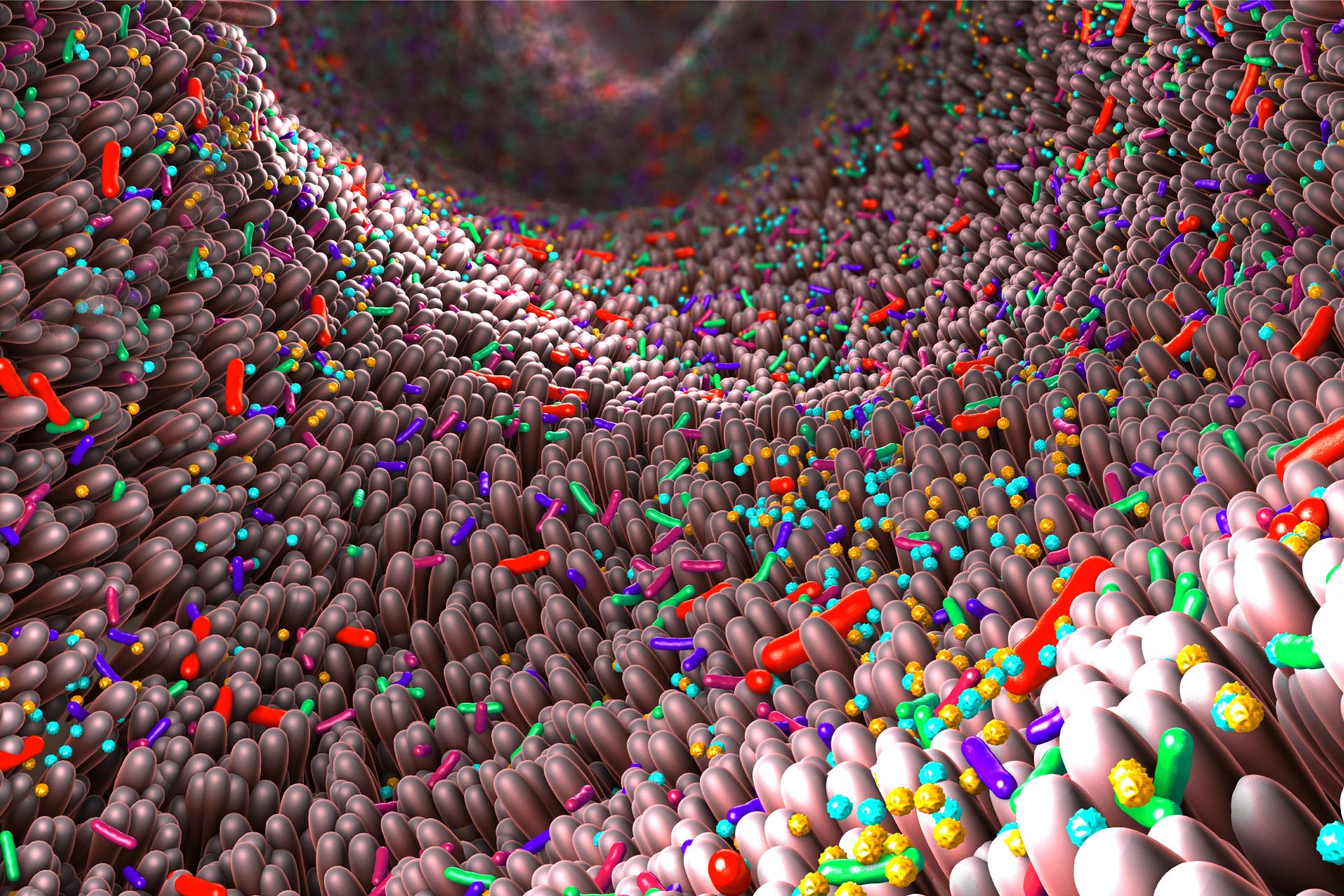• Different approaches to FMT
• Desired effects
• FMT regulations
What is already known on this topic
Over the past decade, there has been growing interest around fecal microbiota transplantation (FMT) as a promising treatment for a series of conditions. However, FMT carry risk of bloodstream infections and the transmission of drug-resistant bacteria, and only few human studies have assessed the potential adverse outcomes of microbiota transplants-based therapies.What this research adds
Three researchers and a US Food and Drug Administration scientist provide an overview of US regulations of FMT and discuss some areas of FMT research that could help to develop safe and effective microbiota transplants-based therapies.Conclusion
More research is needed to understand the mechanisms of successful FMT and define key parameters such as dosing and delivery routes. Researchers should also consider how manufacturing processes affect the viability of potentially beneficial organisms and the impact that these processes could have on product safety and efficacy.
Fecal microbiota transplantation (FMT) is the process through which processed stool from a healthy individual is transferred to the gut of a sick person through enema, colonoscopy or other means. The goal is to displace pathogenic microbes from the gut by re-establishing a healthy microbial community. Over the past decade, there has been growing interest around microbiota transplants as a promising treatment for a series of conditions, including recurrent bowel infections caused by the bacterium Clostridioides difficile.
But whether it’s possible to manipulate the gut microbiota to treat diseases other than C. difficile infections is unclear. Few human studies have assessed the potential adverse outcomes of FMT, and some scientists worry that transplanting fecal microbiota could spread drug-resistant bacteria and infectious diseases such as HIV or hepatitis.
In a pair of articles published in Cell Host & Microbe, scientists discuss some areas of FMT research that could help to develop safe and effective FMT therapies. “We are excited about the opportunity to move the fecal microbiota transplant field forward, particularly where FMT may represent an opportunity to improve outcomes for patients,” says Kate Markey, a hematology physician at the Memorial Sloan Kettering Cancer Center in New York and co-author of one of the articles.
Different approaches to FMT
Defining the optimal FMT drug and how to safely use it poses many challenges. For one, the gut microbiota compositions vary between individuals and the optimal microbiota composition in healthy people is poorly understood. What’s more, the perturbed microbiota varies both across diseases and between individuals with the same disease. And most of the mechanisms by which microbiota disruptions cause harm remain unclear.
One response to safety concerns has been to screen an individual’s stool sample for pathogens, bank it, and then administer that stool sample to the same individual after an event that disrupt their gut microbial composition. To do so, large banking efforts would need to be undertaken and stool samples would need to be stored for a long period of time at a significant cost.
Another approach is directed-donor FMT, where an individual donates stool specifically for another person. Stool banks offer immediate availability of screened donor stool, but directed-donor FMT could carry a high risk of transmission of infectious agents.
A third strategy is the transplantation of defined bacterial consortia or their products. In this scenario, large quantities of stool material could be produced, evaluated for quality, and tested in clinical trials. However, so far it has been difficult to select the members of these bacterial consortia.
Desired effects
Gut microbes and their products influence human health and disease in many ways. For this reason, “FMT formulations for specific clinical populations could be selected to enrich for desired features,” the authors say.
For example, certain bacterial species can activate immune cells in the digestive tract, and other species can protect people from infections caused by C. difficile and other multi-drug-resistant bacteria.
More research is needed to understand the mechanisms of successful FMT and define key parameters such as dosing and delivery routes, the authors say. “In order to conduct high-quality trials, an FMT approach should continue to be optimized and subjected
to the same rigorous laboratory science and thoughtful trial design we would expect from any therapeutic product,” they add.
FMT regulations
Paul Carlson, a scientist at the US Food and Drug Administration (FDA) and author on the second article, provides an overview of FDA regulations of FMT and offers some considerations for researchers to help ensure the safety of patients.
Because of potential risk of life-threatening infections with the use of microbiota transplant, the FDA determined that additional protections are needed for any investigational use of FMT, including donor screening to exclude individuals with a high risk of exposure to multi-drug-resistant organisms and other pathogens such as Enterobacteriaceae and methicillin-resistant Staphylococcus aureus.
Carlson also provides considerations for manufacturing processes and controls, such as the identification of optimal conditions for storing frozen or lyophilized fecal products to preserve beneficial organisms that may be sensitive to freeze/thaw cycles or to the lyophilization process. The use of anaerobic chambers during FMT manufacturing could also help to keep viable potentially useful bacteria that may be sensitive to oxygen.
FMT product manufacturing, Carlson adds, will need methods of measuring the product’s potency over time. “This test should be an estimate of the total viable organisms present in the final product,” he says.
While there is still much work to be done before FMT become a mainstream treatment, the scientists remain hopeful. “As current trials reach completion, the true potential of this therapy will become clear,” Markey says.









